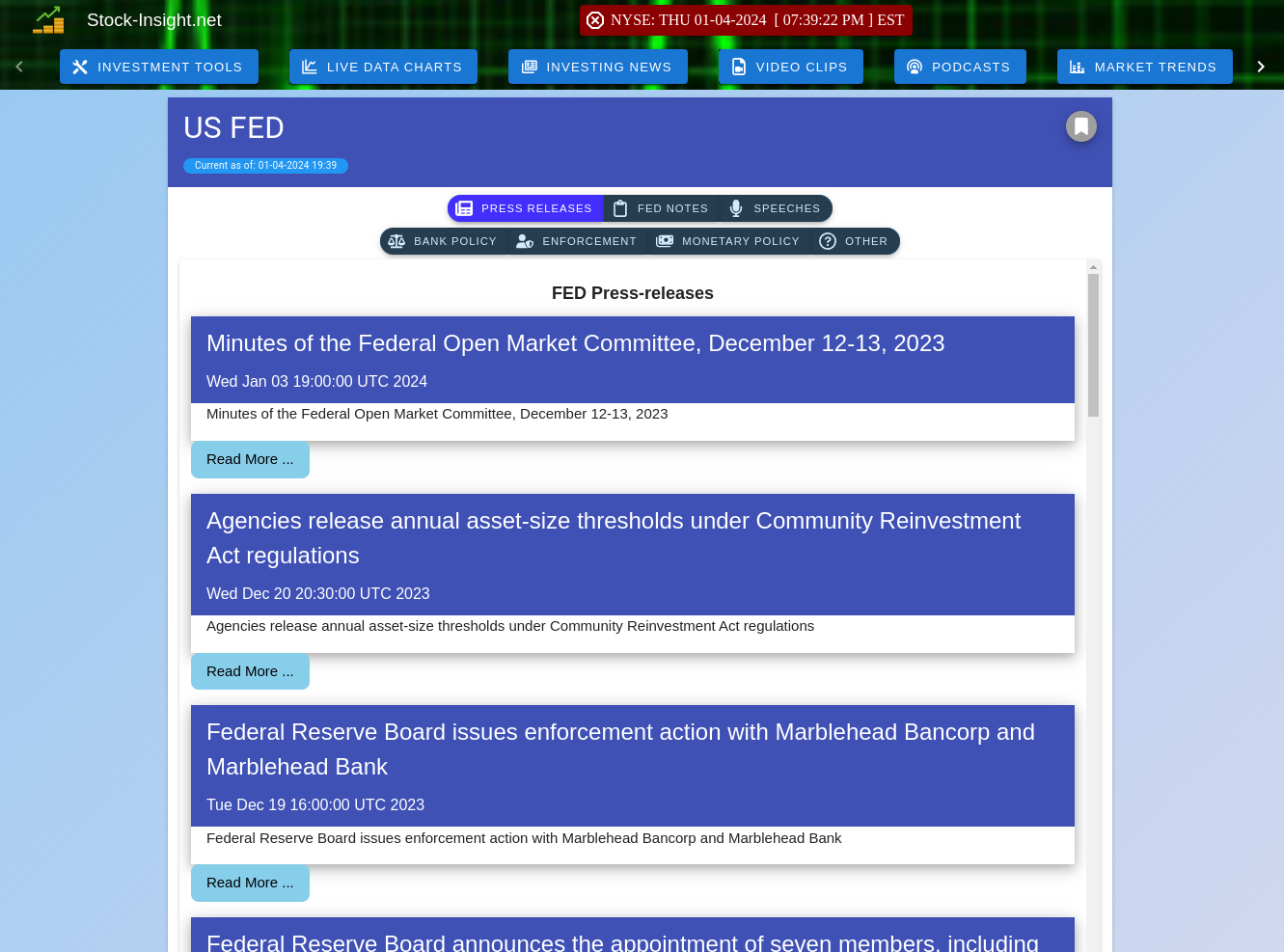The Federal Reserve, often referred to as the FED, serves as the central bank of the United States and plays a crucial role in the nation's economy. Established by the Federal Reserve Act of 1913.
The Federal Reserve performs five functions to promote the effective operation of the U.S. economy and, more generally, to serve the public interest. It includes three key entities: the Board of Governors, 12 Federal Reserve Banks, and the Federal Open Market Committee.

The Federal Reserve's Primary Purposes
- Monetary Policy:
The Fed is responsible for setting and implementing the country's monetary policy. This involves regulating the money supply and interest rates to achieve price stability and maximum employment.
- Financial System Stability:
One of the Fed's key roles is to maintain the stability of the financial system. This includes monitoring and addressing risks that could lead to financial crises, thereby ensuring a safer banking environment.
- Banking Regulation:
The Federal Reserve supervises and regulates banking institutions to ensure their safety and soundness. This oversight helps protect consumers and maintain confidence in the financial system.
- Crisis Management:
The Fed was created in response to banking panics and has the authority to act as a lender of last resort during financial emergencies. This function is vital for preventing systemic failures in the banking sector.
- Consumer Protection:
The Fed also plays a role in protecting the credit rights of consumers and ensuring fair access to financial services.
- Research and Community Development:
The Federal Reserve conducts research on economic issues and promotes community reinvestment, aiming to improve understanding of how financial policies affect consumers and communities.